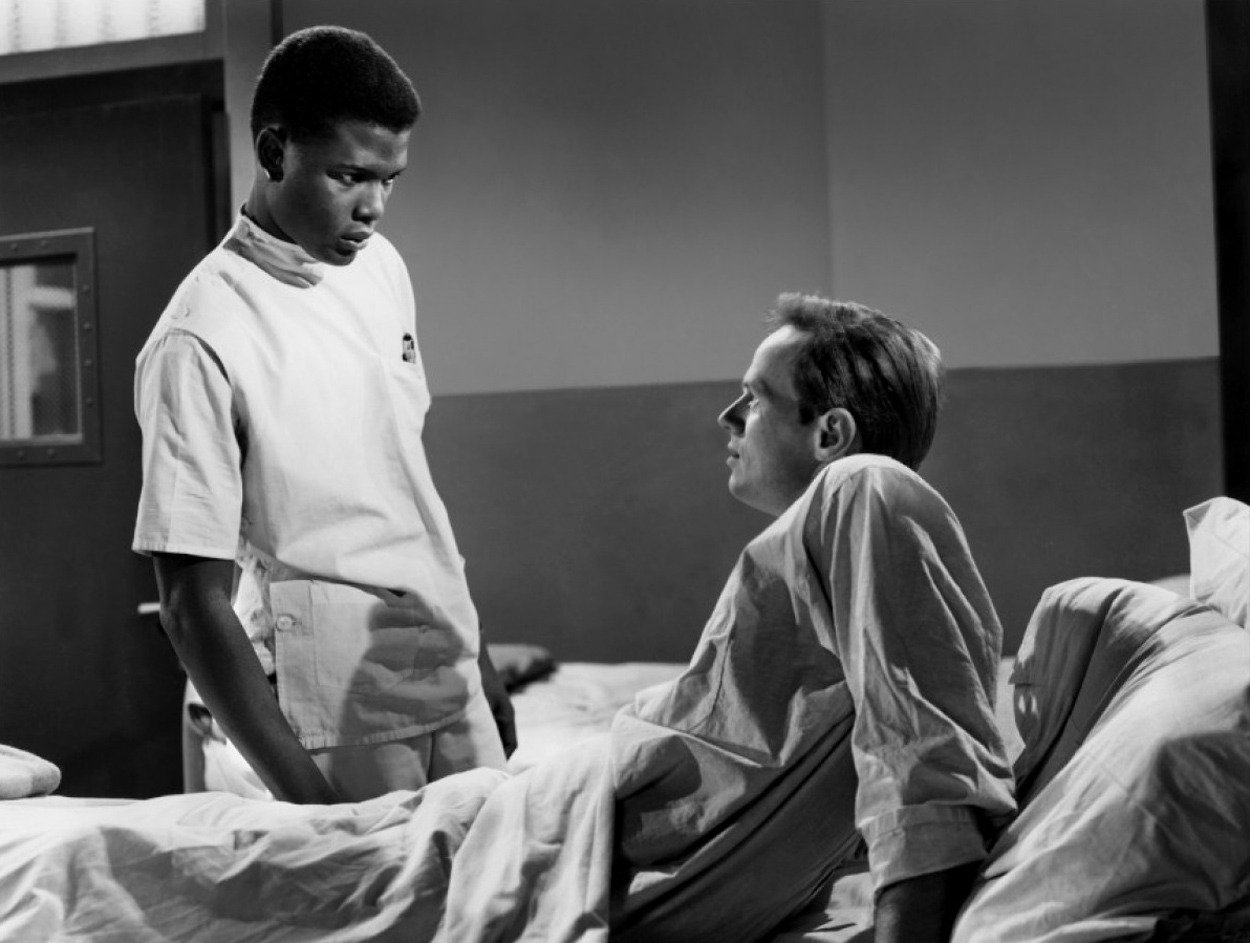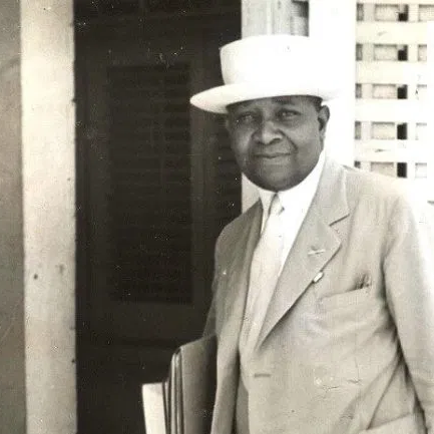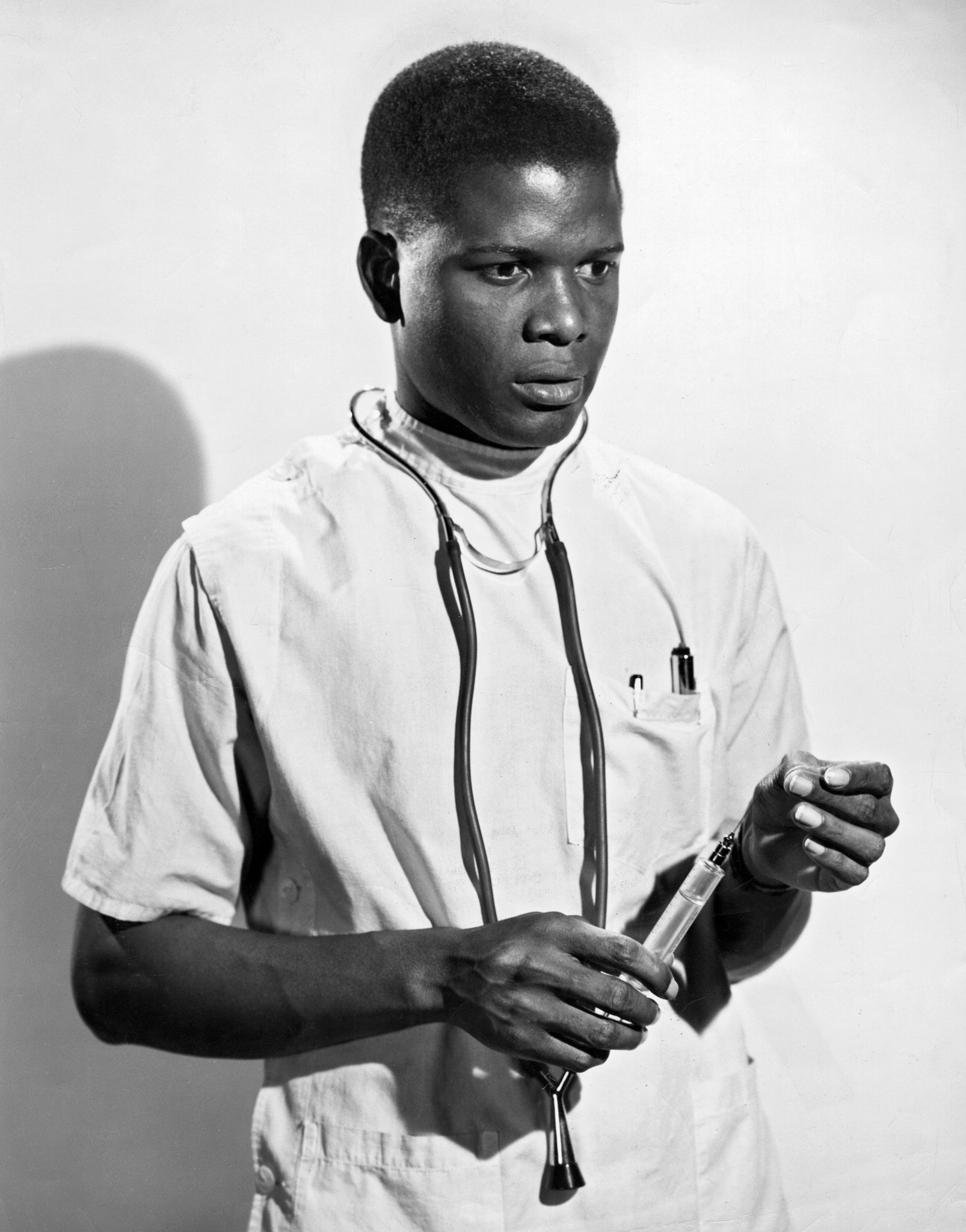The Film that Shaped History
Sir Sidney Poitier grew up in Cat Island in the 30’s which he described as “a land unspoiled by capitalism”.
The Bahamas, which was still a British colony at the time was ruled by the white minority class and thrived on racial segregation. Poitier felt this divide even as a child.
In his autobiography “The Measure of a Man” he recalls the time when he was walking on West Bay Street and a white teenager rode his bike up to him and punched him in the mouth.
Despite poor humble beginnings Sir Sidney Poitier went on to become the first black man to win the Academy Award for Best Actor in 1964 and also landing his first major role at 22 in the film “No Way Out”.
“No Way Out” was released in 1950 and became one of the first films to tackle the topic of racial tensions in America,this was also the first time someone of colour had a prominent profession in a major motion picture. Roles for black people before then were usually maids, porters and any sort of “help”.
Poitier played Dr. Brooks a black doctor working at a hospital in New York. Imagine the excitement of black Bahamians, they were going to see a fellow native on the big screen and not in the average demeaning role but as a doctor. The excitement didn’t last because..
The film was banned in all theaters in The Bahamas by the censorship board. The movie was regarded as “dangerously inflammatory” by the committee that mainly consisted of The Bay Street boys. The only non white member at the time was A.F. Adderley who resigned over the ban.
Dr. Cleveland Eneas ,A. E. Hutchinson and Maxwell Thompson protested against the racist ban of the movie alongside Gerald Cash ,Jackson Burnside Sir Randol Fawkes and Kendal issacs.
The movie which premiered in August of 1950 was now available for Bahamians to watch in October.
The citizens committee was formed as a result in December 1950.





